The Radio Security Service Expands & Becomes Recognised
Owing to air raids and the need to expand it became apparent that Wormwood Scrubs was not ideal and M.I.5 moved out to various other sites. The RSS was taken over by M.I.6 or Secret Intelligence Service (SIS) as it was widely known. A sub-
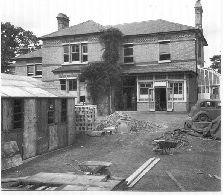
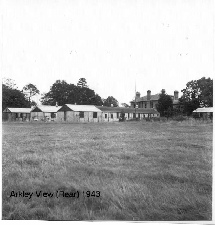
Huts were erected in the grounds for intercept work, a teleprinting terminal, and later the ever-
Arkley Organisation
The large country house, Arkley View, was known to all SCU3 enlistments, as the induction to this branch of M.I.6 invariably took place here. Enrolled initially by Lord Sandhurst, soon to be followed by Captain (later Major) Bellringer, a short black-
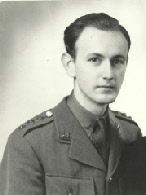
Lt Colonel Morton Evans (amateur licence GW5KJ) was made Deputy Controller of the RSS and served as officer i/c at Arkley from 1941 to 1946
Under Lt Colonel Morton Evans the various departments were mainly located in one-
General Search
The principal work was the scrutiny of logs and the placing of the intercepted messages in the relevant groups. Box 25 received a thousand or more log sheets daily from V.I.s and the full-
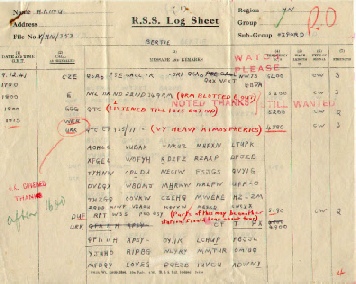
This log shows Ham chat such as sri, pse call, nw, 73 (73 is Ham Chat for Kind Regards) but QSA not QSA0 and QRX but not QRX NEXT were used by amateurs. and certainly not a three letter call sign such as CZE and –
It was important to find out who was ‘working’ whom. As the frequencies and call signs were constantly changing the only common factor was time and possibly operating procedure. Types of preamble and times and frequencies had to be memorised by the staff, who used card indexes for reference. This work could be tedious and tiring as hundreds of log sheets were scrutinised for the brief suspect transmission.
Expansion To 24 Hour 7 Day Intercepting
It became apparent, quite early on, that VIs could not cover all that was required to understand the Abwehr and to penetrate the German secret intelligence networks. Full-
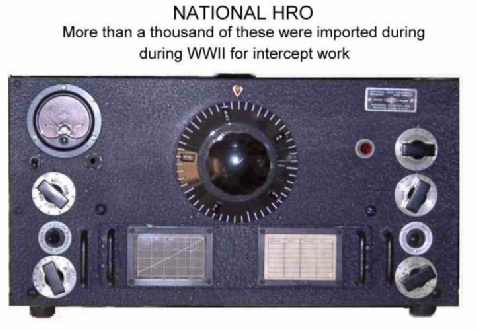
Five or six larger stations were spread widely over the UK with up to 32 receiving positions, each with two HROs: two HROs because it could be possible to listen to both ends of a contact. Sometimes a few other types were to be seen such as the AR88 or the British Eddystone and Marconi models. Barnet, Hanslope and St Erth (shown here)
These were working by 1942 and other large stations were at Forfar and Thurso in Scotland and Gilnahirk in Northern Ireland. The operators were recruited from several sources although mainly from the ranks of VIs. Later intercept stations were installed in the Middle East and Gibraltar.
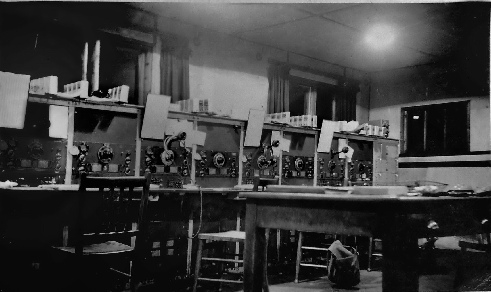
Identifying The Vast German Network
Gradually about 14 separate groups covering different areas were identified. Group 2 was by far the largest and with its centre near Berlin had links (known to us as services) extending over Europe and beyond and was the mainstay of the Abwehr. We designated them as 2/141, or 8/254 for example where the group came first and then our number reference for the service. An officer, with a staff proportionate to the size of the group, was responsible for keeping the record up to date and issuing daily amendments, as the services frequently changed and grew. When messages had been checked for mistakes and omissions, by comparison with other copies, they were sent to Bletchley Park for de-
© The Secret Listeners
Website by CAMBITION